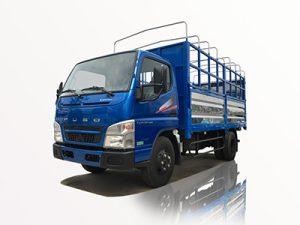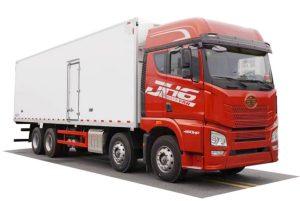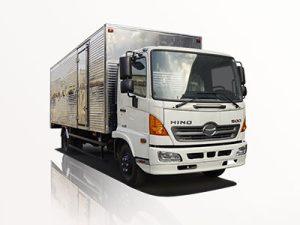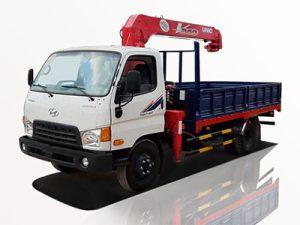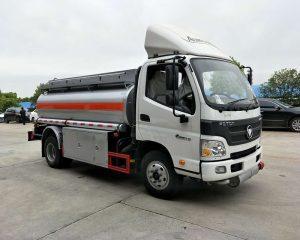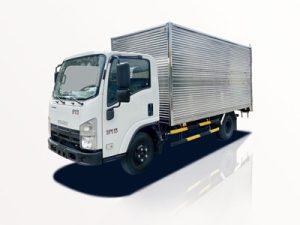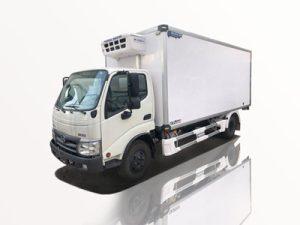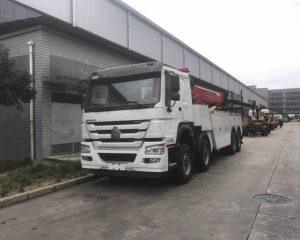Monday to Saturday - 8:00 -17:30
How Do Street Sweepers Work: An In-Depth Guide
Introduction
Street sweepers are essential vehicles employed by municipalities and private organizations to maintain clean roadways, parking lots, and various public areas. These machines not only enhance the aesthetic appeal of urban environments but also contribute to environmental health by reducing pollution. In this article, we’ll explore how street sweepers work, the different types available, their components, and much more. If you’ve ever wondered how these vehicles operate, this comprehensive guide is for you.
What is a Street Sweeper?
A street sweeper is a specialized vehicle equipped for cleaning road surfaces. They work by removing debris, dirt, leaves, and litter from various types of surfaces, including asphalt, concrete, and brick. By effectively managing street cleanliness, they play a crucial role in urban maintenance.
The Importance of Street Cleaning
Keeping streets clean has numerous benefits including:
- Improved aesthetics of urban areas
- Reduced pollution that can harm local wildlife and ecosystems
- Enhancement of public health by minimizing allergens or hazards
- Extended lifespan of road infrastructure through debris removal
Types of Street Sweepers
Street sweepers come in various forms, each designed for specific tasks. Understanding the different types can help municipalities select the right equipment for their needs.
1. Mechanical Sweepers
Mechanical sweepers primarily use brushes to collect debris. They are often employed in residential areas, parks, and roadways. Key features include:
- Brush System: Uses rotating brushes to dislodge dirt and debris.
- Hopper: Collects the debris, which can be emptied manually or automatically.
2. Vacuum Sweepers
Vacuum sweepers utilize suction to remove dirt and debris. They are particularly effective for fine particles and are commonly deployed in urban environments and along curbs. Key features include:
- Suction System: Powerful vacuum draws debris into the hopper.
- Filter System: Ensures that dust and fine particles are captured, improving air quality.
3. Regenerative Air Sweepers
This type combines both mechanical and vacuum technologies. They blow air down to lift debris while simultaneously vacuuming it. Features include:
- Airflow System: Creates powerful air currents to lift heavier debris.
- Efficient Collection: Captures dust while minimizing emissions into the air.
4. Towed Sweepers
Towed sweepers are designed to be attached to trucks and are often used for larger cleaning tasks. They are effective in maintaining roads without needing dedicated vehicles. Key features include:
- Cost-Effective: Lower operational costs as they utilize existing trucks.
- Flexibility: Easily removed and transported when not in use.
How Do Street Sweepers Operate?
The operation of a street sweeper depends on its type, but all share common features and functionalities.
Basic Operating Mechanism
All street sweepers generally operate using the following components:
- Drive System: The vehicle’s engine powers the movement of the sweeper.
- Collection System: Includes brushes, brooms, or suction systems that engage with the street surface.
- Hopper: A collection unit that stores the captured debris until it can be emptied.
The Role of Brushes and Brooms
In mechanical sweepers, brushes and brooms play a vital role in dislodging dirt from road surfaces. Different types of brushes may be used:
| Type | Function |
|---|---|
| Side Brushes | Clean curbs and edges of the street. |
| Main Brushes | Dislodge and collect debris from the main roadway. |
Vacuum and Suction Mechanics
Vacuum sweepers rely on a fan-driven system to create suction. This allows for effective collection of fine dust and small debris. The proper operation includes:
- Maintaining a strong airflow for effective collection
- Regular cleaning of the filters to ensure optimal performance
Key Components of a Street Sweeper
Every street sweeper features essential components that contribute to its functionality. Understanding these helps in comprehending how they perform cleaning tasks.
1. Engine
The engine powers the entire machine, providing the necessary energy to move and operate the sweeping and cleaning mechanisms.
2. Collection Hopper
This is where the collected debris is stored. The size and design of the hopper can influence how often it needs to be emptied, which affects operational efficiency.
3. Brushes and Brooms
As mentioned before, brushes are critical for dislodging debris, while brooms enhance the cleaning effectiveness.
4. Vacuum System
In vacuum sweepers, this system must be properly maintained to ensure optimal functionality.
Benefits of Using Street Sweepers
Street sweepers offer numerous advantages for both urban management and the environment.
1. Environmental Benefits
Regular street cleaning helps to control dust pollution and water pollution from debris washouts. This can have a positive impact on local ecosystems.
2. Safety Improvements
By removing debris that can obstruct visibility or create hazards, street sweepers contribute to improving road safety.
3. Cost-Effective Maintenance
Investing in street sweepers can extend the lifespan of roads, reducing the need for repairs and costly upgrades.
Practical Tips for Operating Street Sweepers
For those operating street sweepers, following best practices can enhance efficiency and prolong the lifespan of the equipment.
1. Regular Maintenance
Routine checks and maintenance of all components—including brushes, vacuum systems, and hoppers—can prevent downtime and costly repairs.
2. Selecting the Right Sweeper
Choose a street sweeper that matches the cleaning needs of your environment. For example, opt for vacuum sweepers in urban areas with heavy debris.
3. Educate Operators
Proper training for operators can ensure efficient use of the equipment and maximize its cleaning capabilities.
Common Problems and Solutions
Despite their robust construction, street sweepers can encounter common issues.
1. Clogged Vacuum System
This often occurs when large debris or objects are collected. Regularly monitor and clean the vacuum system.
2. Brush Wear and Tear
Brushes naturally wear down over time. Regular inspection and timely replacement can maintain performance.
3. Engine Issues
Periodic servicing of the vehicle’s engine can prevent operational disruptions. Ensure fuel and oil levels are maintained.
FAQ Section
1. How often should streets be swept?
The frequency of street sweeping depends on the local environment, traffic volume, and weather conditions. Urban areas may require more frequent sweeps than rural areas.
2. What type of street sweeper is the best for residential areas?
Mechanical sweepers are generally effective for residential areas, as they can handle leaves and small debris effectively.
3. How do street sweepers manage stormwater runoff?
Street sweeping can help prevent litter and debris from entering stormwater systems, effectively managing runoff and protecting water quality.
4. Can street sweepers operate in bad weather?
Street sweepers can operate in light rain, but heavy rain or snow can impede their effectiveness. Operators should assess safety and visibility conditions before operating.
5. What is the average lifespan of a street sweeper?
The average lifespan of a street sweeper ranges from 7 to 15 years, depending on usage and maintenance practices.
6. Are street sweepers environmentally friendly?
Yes, street sweepers reduce litter and pollution, contributing to cleaner streets and healthier urban environments. Many modern models have been designed with environmental considerations in mind.


